|
|
O R A C L E O B S E R V A T O R Y Report 22-23 September 2006 |
|
|
The weather forecasts were good (with some wind on Friday) so I did the 8.5 hour drive to Oracle Observatory. I took my ETX-70AT and my ETX-105PE. The plan was to do lots of Nikon D70 DSLR astrophotography using the ETX-70AT. The reality was much different!
I left home at 0450 and arrived at 1315. The sky was clear with the temperature at 81°F. However, it was very windy. Due to the strong winds I delayed setting up the tent (difficult for one person to do in the wind!) until 1515. I eventually managed to get the tent set up but still delayed setting up the telescopes. After the tent was up I got out the PST (Personal Solar Telescope) and tried to do a little solar observing with the PST mounted on a camera tripod. While I could see one sunspot on the Sun's disk, the image in the telescope was moving around too much due to the winds to make out any other details.
Shortly before sunset I saw this "little" fellow (a beetle) walking across where I would be setting up the telescopes. He was 1.5 inches long!
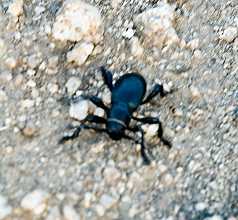
Sunset at 1821 was nice and as you can see, the skies were basically clear.
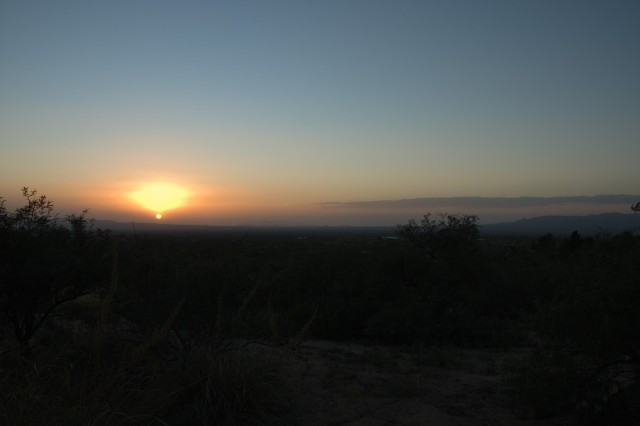
Shortly after the Sun set the winds calmed down enough that I decided to set up the telescopes:
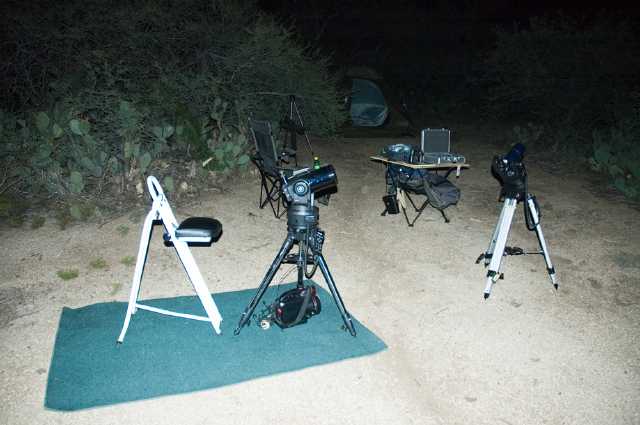
The ETX-105PE is on the left and the ETX-70AT on the right.
By 1924 the Milky Way was becoming a nice sight. As I waited for twilight to end and for the winds to calm down enough for viewing through the telescopes, I used my 7x50 binoculars to roam over the night sky. Lovely! Finally, at 2026, the winds were gone, so I aligned the ETX-70AT (which was mounted in Polar Mode on a Meade #883 tripod for astrophotography purposes) and checked out a few objects visually. Unfortunately, by 2100 the winds were back! I gave up at 2130 (temperature 68°F) as it was just too frustrating; just when I would think that the winds had calmed down enough to allow at least some visual work, they would increase again. So, no real visual or astrophotography tonight. Maybe Saturday night would be better (I said to myself). I headed to the tent to listen to some old time radio shows (The Lone Ranger) on my iPod mini.
Saturday, 0630, 60°F, was clear but the breezes started up about 0730. There were some clouds to the East and Southeast. At 0850 I managed to do some good solar observing with the PST. The wind was calm enough to allow several prominences and other details on the Sun to be easily seen. The sunspot that I had seen yesterday near the center of the disk had changed shape.
During the day on Saturday, when I wasn't reading a science fiction book, I was wondering around the property taking some pictures. Here are some of them. (I hope I got the names right.)
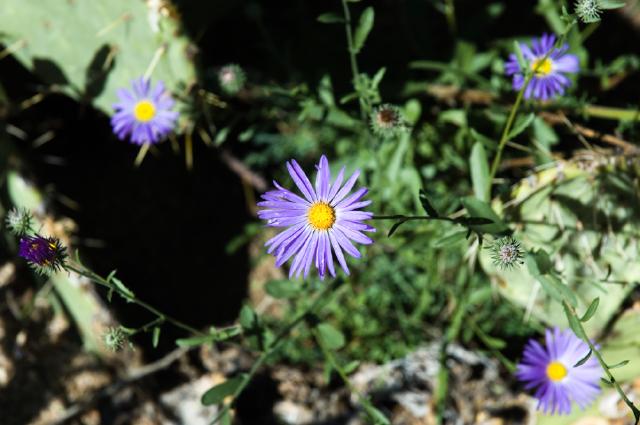
Western Kingbird.
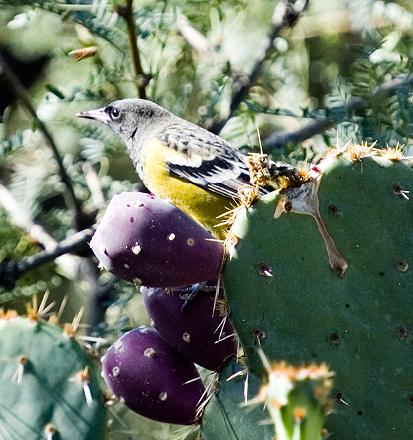
Juniper Titmouse.
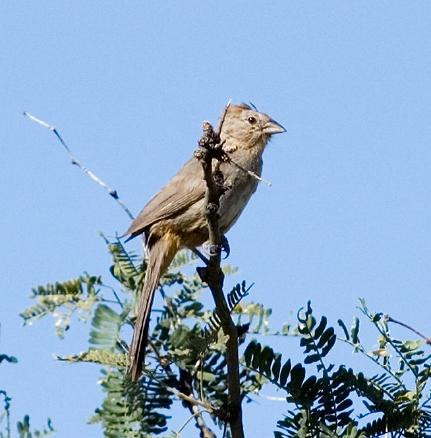
Cactus Wren.
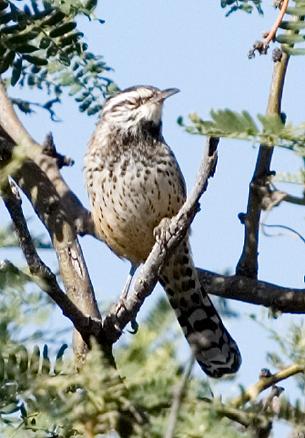
A different type of bird!
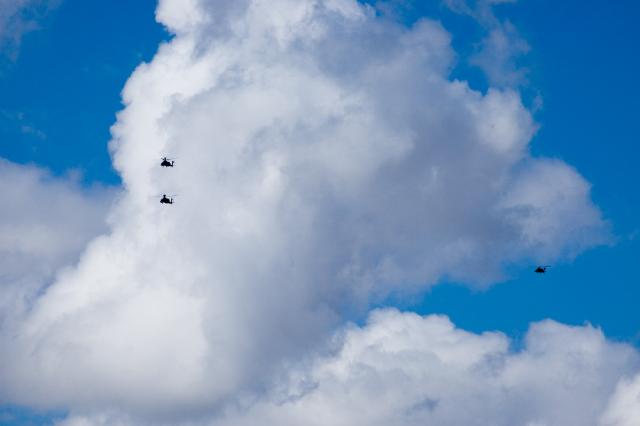
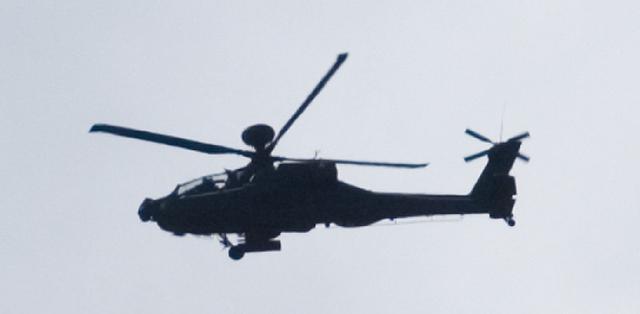
Some cactus plants.
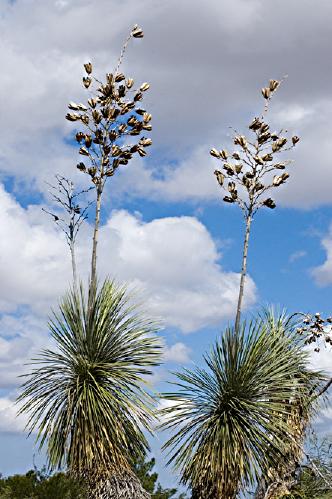
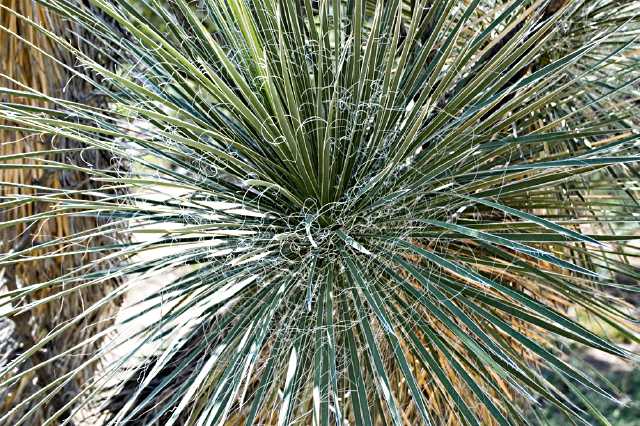
By 1400, temperature 80°F, the skies were partly cloudy. I called home to have the wife check the Clear Sky Clock; it reported that it would not clear up until 2200 hours. I was not happy. So I continued to take photos around the property.
Some friends who came to visit.



Golden Eagle.
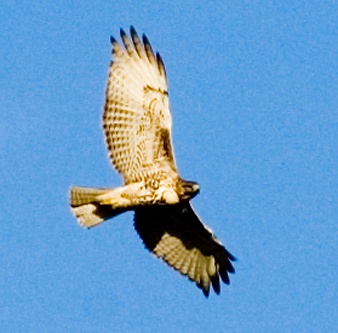
Turkey Vulture.
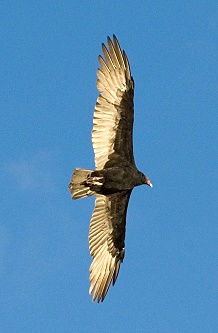
Hermit Thrush.
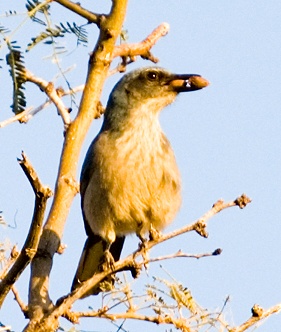
At 1750, after being partly to mostly cloudy all day, with dim prospects for a good night, things began to look much better. Most of the sky had become clear except for some clouds to the Southeast and some haze in the West. There was just a little breeze blowing. Sunset, temperature 71°F, was nice. These photos show the sequence of the setting Sun, moving down and to the right behind the distant mountains.
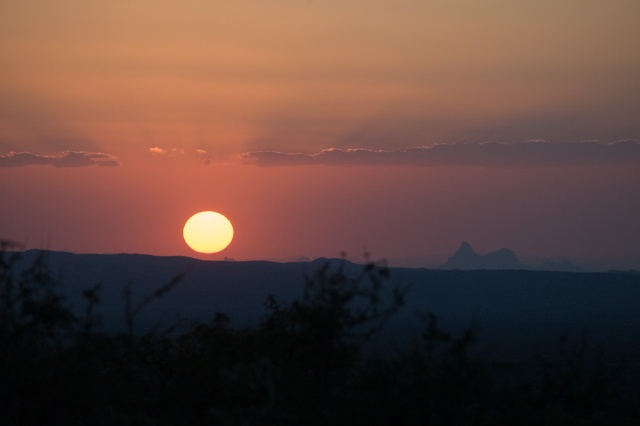
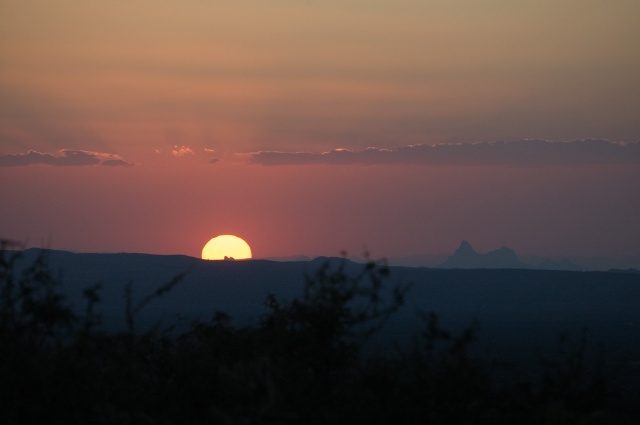
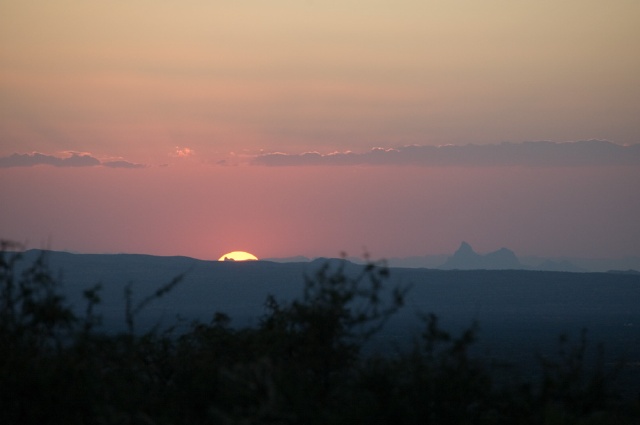
Shortly after the Sun set I saw what appeared to be a large Bobcat walk behind the tent! I saw only his back half but the stripes and bob tail were clearly visible. Fortunately, he didn't make an appearance again (that I know of). This was the first time I've seen a big cat at Oracle Observatory.
At 1900, there were some high clouds visible but nothing too significant. I did some visual work with the ETX-105PE. Jupiter was low in the sky but looked good in the 26mm eyepiece (56X). I then switched to the ETX-70 to begin some astrophotography tests. This was my first attempt to use the Nikon D70 DSLR with the ETX-70 in Polar Mode. I did a One Star Alignment to align the RA axis with the Earth's axis. I then did a Two Star Alignment to align the AutoStar. I used a 2X Barlow Lens to extend the telescope's focal plane to where it matched the D70. Without the Barlow Lens I could not achieve a focus with the D70 mounted using the Scopetronix Prime Focus T-Adapter. I had some gear slippage when trying to slew and a 60 second exposure trailed significantly, both probably due to the camera weight. I did a few exposures to try to correct the image focus (difficult to focus faint stars on the D70 viewscreen) and to eliminate the image trailing. All attempts were unsuccessful; the D70 appeared to be just too heavy for my ETX-70. So I terminated the tests and decided to switch back to visual work with the ETX-105PE. I packed up the ETX-70AT.
I ran the "Tonight's Best" Guided Tour on the ETX-105PE. This was a good night for it as there were many excellent objects selected. Globular clusters, open clusters, nebulae, and galaxies. In all I viewed about 30 objects in a short period of time. Most of my viewing was with a 32mm eyepiece (46X). I did view M31, the Great Andromeda Galaxy, with a 40mm eyepiece (37X); it was lovely with hints of arms and dust visible. At 2100, just as I was completing the tour with Uranus and Neptune (small dots in the 32mm eyepiece) I noticed that clouds were coming in from the Southeast. By 2115, the sky was mostly overcast! I called it a night and packed up the ETX-105PE and the rest of my equipment. Once I had the car loaded, I returned to the tent for a good night's sleep before driving back home on Sunday. I departed Oracle Observatory at 0630 Sunday morning.
So, this trip to Oracle Observatory was not successful for astrophotography, but when the weather cooperated it was good for observational astronomy. And as you've seen in the photos above, from a nature photography perspective, it was a fine trip! And of course, any time I can spend some time at Oracle Observatory, relaxing and enjoying the views, whether terrestrial or astronomical, it is a worthwhile trip!!!
I will be using the LXD75-8"SC on my next trip and hope to get some excellent astrophotographs. Stay tuned...
Return to the top of this page.
Return to the Oracle Observatory Main Page.